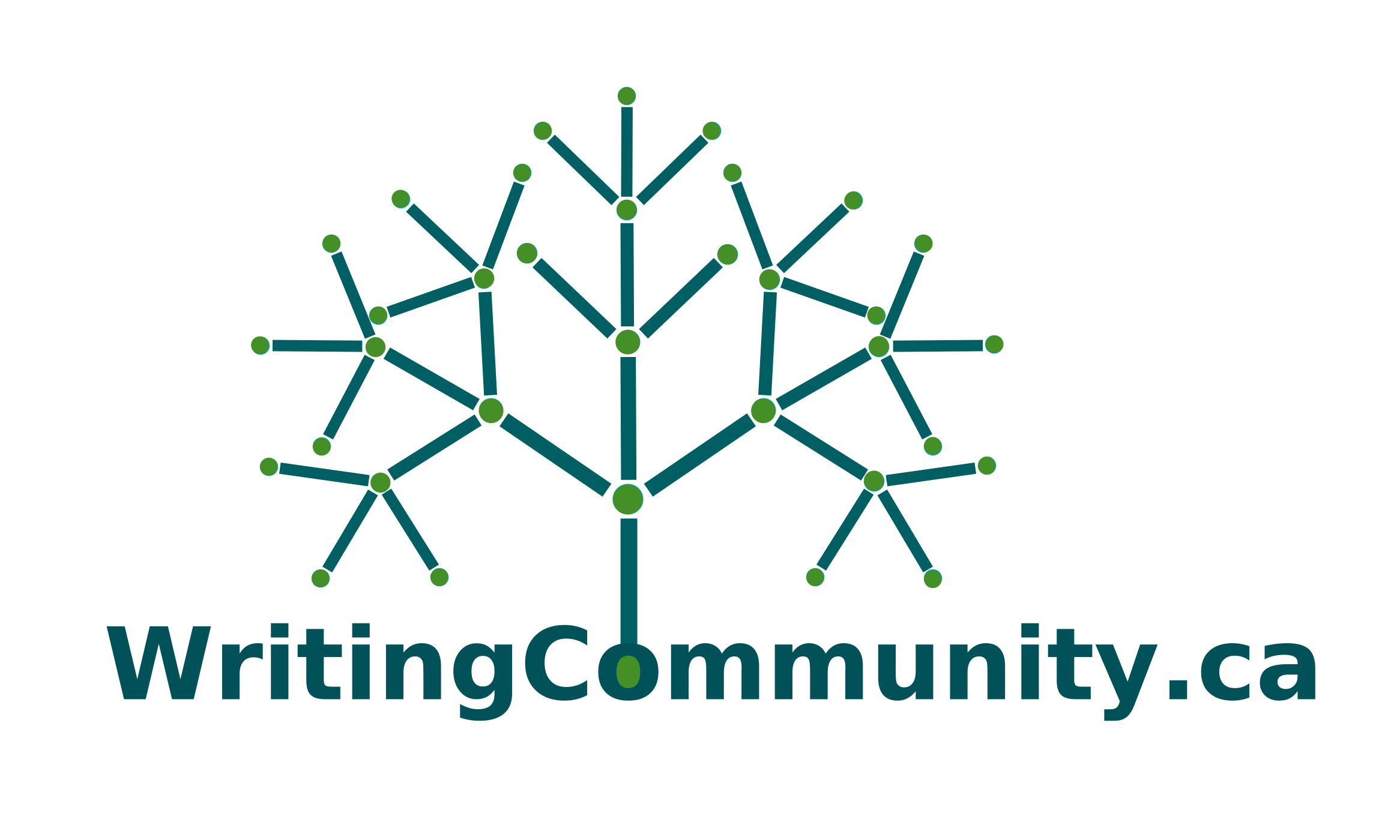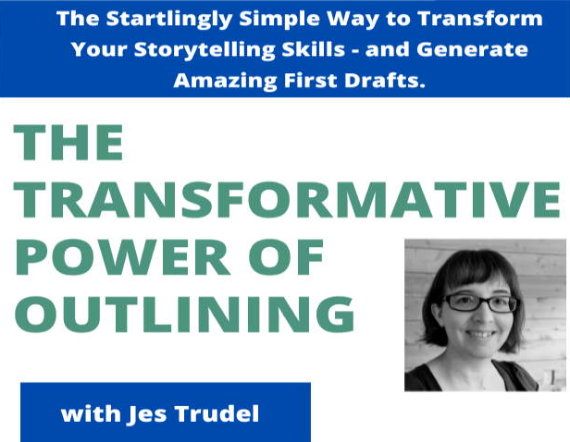
KIDLIT CONFUSION: Is it harder to sell picture book texts?
I hear picture book writers say this all the time: “I’m considering writing a novel because text-only picture books are impossible to sell.”
There is a lot to unpack in this statement, so let’s dissect it:
“I’M CONSIDERING WRITING A NOVEL”
Here is a truth all picture book writers need to hear: it is NOT harder to sell a picture book than a novel in the current kidlit market. Full stop. Here’s the data:

According to Publisher’s Marketplace, picture books represent the largest segment of manuscripts sold to traditional publishers in the children’s market.
Why are picture books purchased so often by traditional publishers? Here’s just two compelling reasons:
- Libraries and book stores. Ever noticed that book stores and libraries are not stocked with a lot of self-published books? At best, they may have a small “local books” collection. These outlets almost exclusively buy from traditional publishers because they are a reliable source of already vetted materials that come equipped with all the necessary metadata they need to catalogue them properly. Which leads me to #2.
- No substitutes. Youngsters can’t just go online to Wattpad and find an alternate book to read at their age level like pre-teens and teens can. They rely on their caregivers to give them access to books, and those caregivers usually buy books from book stores and libraries. So while the internet has threatened book sales to older markets (e.g. novels), the picture book market has been relatively unaffected.
You’ll notice that almost all traditional publishers who sell books to more than one children’s market (e.g. BB through YA) will publish more picture books each year than middle grade or young adults noves, sometimes combined. This is because they can rely on the picture book market to remain steady more than the others, so it’s a reliable source of income for them.
But this doesn’t completely put the concern about picture books to bed, because while the picture book market is bigger, it’s also more competitive.
Novels, by their nature, take longer to write and to read. Fewer people write novels because they take so long to write and edit, and most would-be authors give up before they finish. The perception with picture books, however, is that they’re “easier” to write, and therefore more people write them. How many celebrity novels come out each year compared to celebrity picture books? Quite the difference, right?
From the publisher’s standpoint, when you need 20 people on a team at a publishing house to all read a novel to weigh in on its acquisition, that process can take a while. Picture books, on the other hand, are quick to read, and since they’re in high demand and more of them are being bought, deals can be struck much more quickly (“quick” is, of course, relative).
The quicker things move, the more you need to stand out in the crowd, but it seems some days that everyone and their grandma (and their grandma’s favourite celebrity) wants to try their hand at writing a picture book.
It takes a long time to study picture books, and draft them, and polish them to perfection. But most people don’t take the time to study and draft and polish before sending their picture books out into the universe. This means that publishers are sifting through a shit ton of submissions looking for poop-smeared gems. These can be hard to spot through the stench and exhaustion, and I’m sure a lot of absolute diamonds are missed.
That’s why a lot of publishers require submissions to come through a literary agent. Part of a literary agent’s job is to vet manuscripts. They’re not working FOR the publisher, of course, but their goals are aligned: agents want to sell books, and publishers want to buy books, and they both want those books to be and do well! What could go wrong?
Well, a lot of agents don’t know what a great picture book looks like either. Sometimes, agents represent middle grade and young adult novel writers, who eventually “try their hand” at writing a picture book, too. Are you sensing a theme yet? Hopefully, these agents have support from other agents and/or mentors who have experience in this highly specialized category of literature, but if not, they might contribute to the massive backlog and overload of picture books that editors are reading through, too.
So editors are overwhelmed with a deluge of picture book manuscripts to read, and agents are overwhelmed with a deluge of picture book submissions to read. Is there a strong market for all these books? Absolutely! Are picture book harder to sell than novels? Not versus novels, no, but they are hard to sell verses other picture books. There’s a LOT out there. And it’s definitely hard to stand out in that crowd, not just against other amazing stories, but also getting noticed by agents and editors who are so so tired of reading all the picture books that people wrote because they thought it would be “easy.”
Alright, it took an awful long time to dissect just the picture books vs novels part. Let’s more on to the picture book text part…
“TEXT-ONLY PICTURE BOOK”
First, let’s make sure we all understand what this is. The older a reader is, the less reliant they are on images to enhance the reading experience, so you’ll rarely see illustrations in a young adult novel, but picture books are, as their name suggests, heavily reliant on images to enhance the narrative.
Not all creators have the ability to do both the writing and the illustrating. For those who can’t illustrate, they can write a text-only picture book, and include a few art notes to explain what is meant to happen in the illustrations. Later on in the process, if the manuscript sells, the publisher will match the manuscript up with an illustrator, and each creator will get credit for the work they did (e.g. Words by ____, Pictures by ____”).
So, if picture books are such a huge segment of the market, where does this perception come from that picture books texts are hard to sell? Astute readers will be quick to say, “Well, Jes, your stats only show that picture books are the largest segment of deals; it doesn’t differentiate between text-only and author-illustrated picture books. What about that, Jes?”
Well, friend, here is an even more surprising fact for you: the vast majority of picture books sold to traditional publishers have separate authors and illustrators. Look at this chart:

That’s a HUGE difference!!
Why do publishers overwhelmingly buy texts versus illustrated picture books? Simply put, publishers already have rosters of illustrators they like to work with. These illustrators are experienced, understand the terminology and technicalities of publishing in book form, and likely have proven themselves easy to work with.
In addition, they might simply not like the illustrations. There’s TWO things editors can judge with author-illustrated work, rather than just the one for picture book texts. And on top of that, it’s a lot easier to adjust text based on editor feedback than text and illustrations. So, overall, picture book text are, ojectively, easier to sell.
“HARDER TO SELL”
So where does this perception come from then that picture book texts are hard to sell? Unfortunately, I think it’s we agents that have given you that impression.
There’s a huge difference between querying a picture book text to agents and subbing a picture book text to editors. If you’re a picture book writer, not an illustrator, I’m SURE you’ve noticed a lot of agents are only accepting submissions from author-illustrators. But why if picture book texts are easier to sell?
The same overwhelm that editors experience from picture book writers affects agents, too. Picture books are BY FAR the largest segment of queries I receive when I am open to queries, and the majority of those are text-only. The following stats don’t differentiate between author-only vs author-illustrated, but it does give you a sense of just how many picture book queries I receive.

A lot of agents accept only author-illustrated manuscripts for a number of reasons:
- If you only accept manuscripts from author-illustrators, you get WAY FEWER submissions. This cuts down on your workload and reduces overwhelm.
- If you already have kidlit clients on your roster, chances are they do or will write picture books someday. It’s much more likely that a someone who writes middle grade novels can learn to write a picture book, than for a middle grade writer to learn how to illustrate, so agents are more often seeking author-illustrators from outside their existing roster.
- It’s a lot easier to convince an author-illustrator to submit their picture book as text-only if for some reason the illustrations aren’t resonating with editors. You can’t so simply suggest your picture book author to take up illustrating (and why would you want to?).
- An author-illustrator can also sell their illustration skills separate from their writing skills if, on the other hand, a story isn’t resonating with editors but they love the illustration style. That’s double the skill set and more sales options for the agent.
IN SUMMARY…
Okay, we’ve cleared up the misconceptions. So now, what’s the solution?
If you’re a picture book writer, DON’T take up writing a novel because you think it will be easier to sell a novel. It won’t be. DO take up writing a novel because you have an idea you want to pursue, you want to develop your writing and editing skills in that area, and/or you want to diversify your portfolio of writing. In the same way that an author-illustrator is attractive for their diversity of skills, a writer who has explored multiple age groups and genres is a more attractive client.
Also, if you’re new to picture book writing, take your time developing the skill before you send any submissions. Take your time. There’s no rush! Read a LOT of recent picture books, join a picture book specific critique group, and study study STUDY the craft. Picture books are a highly specialized skill compared to novel writing, and should not be taken lightly just because they’re short.
I know it’s hard when you have a manuscript “done” and you’re thinking, “Why not try?” You might think there’s no harm into putting something out into the world just to give is a shot, but if you are contributing to a backlog and industry-wide overwhelm, you might actually do everyone else, and ultimately yourself, more harm than good. And, if that indirect affect isn’t enough, also consider that you could tarnish your own name with that agent or editor by sending something out before it’s ready.
At the end of the day, you don’t know what you don’t know. So take advantage of all the free resources available online from experts in the field to learn the dos and don’ts of picture book publishing.
Thank you for reading this loooooong post. I hope that helped cleared up some KIDLIT CONFUSION today.

